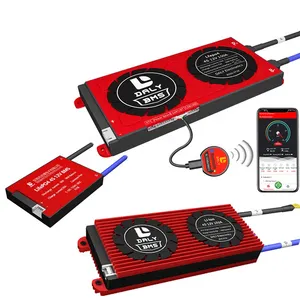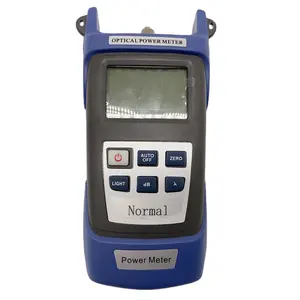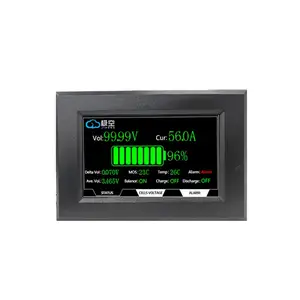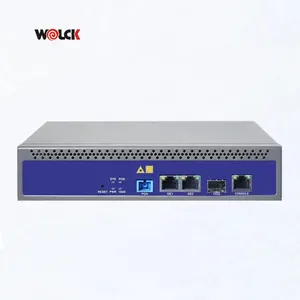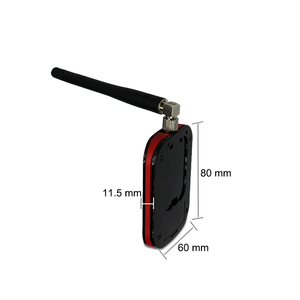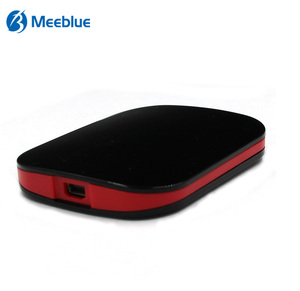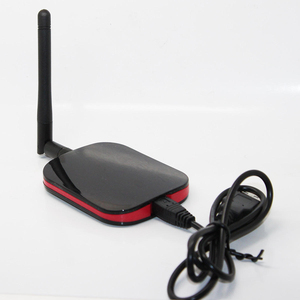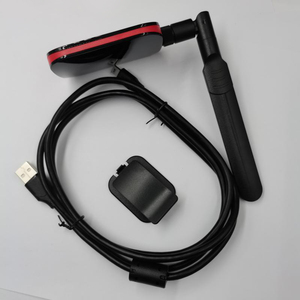Popular in your industry





























































Related Searches:




































































































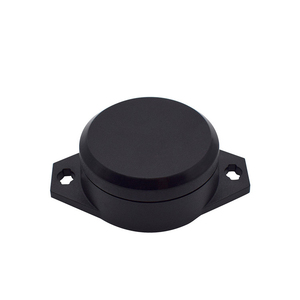





Top categories
About bluetooth beacon chip
Introduction to Bluetooth Beacon Chips
Bluetooth beacon chips are at the forefront of micro-location technology, enabling devices to communicate within short distances. These integrated circuits, often referred to as microchips or ICs, are pivotal in creating networks of data exchange in various applications.
Technical Specifications
A Bluetooth beacon chip contains micro-electronic components such as resistors, capacitors, transistors, and diodes. These elements are meticulously integrated on a silicon chip, connected via external terminals. The compact nature of these chips allows for a dense configuration of components, making them an essential part of modern electronic circuits.
Applications of Bluetooth Beacon Technology
The versatility of Bluetooth beacon technology extends to diverse fields. They are commonly used for proximity marketing, indoor navigation, asset tracking, and in the automation of various smart devices. Their ability to operate on low energy makes them suitable for long-term deployments in retail and logistics.
Design Variations and Features
Designs of Bluetooth beacon chips vary, catering to specific needs. Some are optimized for extended range, while others focus on data throughput or energy efficiency. Features such as adjustable signal strength, frequency ranges, and encryption protocols are integral to their functionality, ensuring secure and adaptable operations.
Materials and Manufacturing
The construction of a Bluetooth beacon chip involves high-grade semiconductor materials, ensuring durability and consistent performance. Manufacturers employ advanced fabrication techniques to achieve the precision required for these sophisticated components.
Advantages of Using Bluetooth Beacon Chips
The adoption of Bluetooth beacon chips in various industries is driven by their compact size, low power consumption, and the ability to facilitate seamless communication between devices. Their integration into systems contributes to the creation of smart, interconnected environments that enhance user experiences and operational efficiency.

